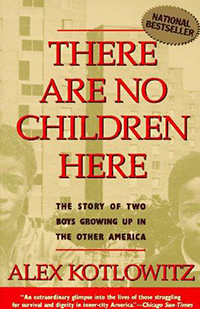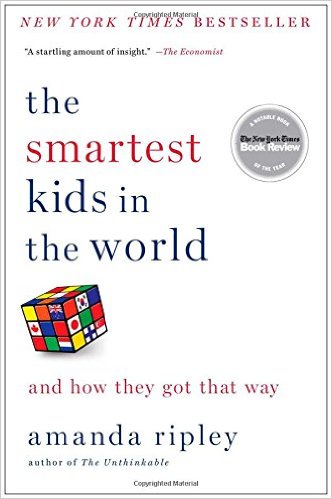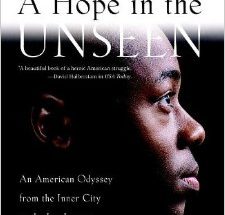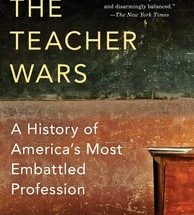Reporter Alex Kotlowitz spent about two years in one of Chicago’s worst public housing complexes, the Henry Horner Houses, the kind of place where a teenager had almost the same chance to be gunned down as to graduate high school. In the early 90s, most residents could see few ways out of the cycle of poverty, crack addiction and violence.
Kotlowitz’s book, sparked by a story he first wrote for the Wall Street Journal, focuses on the lives of two brothers, Lafayette and Pharoah Rivers, and their mother LaJoe. (The family’s last name is actually Walton; Kotlowitz changed it for the book.) They’re both promising boys and their mother is determined to see that they follow a different path than their older siblings, one of which was in jail for much of the book.
The title comes from LaJoe, who says there are no children in a neighborhood like hers. How could a young person have a childhood, she wondered, when they learned to avoid gunfire before they learned to read? How can children ever really be children when they see their friend gunned down just outside their building?
Throughout the book, Pharoah will tell his mother that he’s too young to understand what’s going on around him. But it’s increasingly clear that he’s perhaps more aware of the consequences of crime, poverty, and addiction that most other children — and maybe even most adults in the community. He develops a stutter that gets increasingly worse, hindering what could become a promising academic career. His mother wants to help him, but when she’s already spending almost her income just on groceries, there simply isn’t much she can do.
Near the end of the book, her eldest Terrence goes to jail for robbery, a heartbreaking development for LaJoe and Pharoah. Terrence claimed he was just walking by the scene when a robbery was taking place. More than anything, he was a scared 13-year-old, left without much help navigating a judicial system filled black males like him.
Kotlowitz ends his book with an epilogue that discusses his further relationship with Lafayette, Pharoah and their family. He discloses that in the book’s epilogue that bailed Lafayette out of jail and paid for both boys to transfer to a private school, though Lafayette — unable to keep up with his work — was back in public school within a year and Pharoah’s worsening stutter made school increasingly difficult.
Reading the book, you root for the family — particularly Pharoah, at least in my case — to succeed. But more than two decades later, a lot of the people Kotlowitz interviewed are dead, according to a 2011 Chicago Tribune article. Both Terrence and Pharoah, now in their 30s, have spent time in jail. LaJoe suffered a serious nervous breakdown after the book — which became a bestseller and the subject of an Oprah Winfrey-produced TV movie — turned her into a sort of celebrity.
When the story takes place, poverty had already affected most families and individuals involved for generations. We’re at least a generation later now, and though the Horner Houses are finally down, it seems like not much else has changed. It shows just how difficult it is to escape a place like Horner or an area like Chicago’s South Side: even with a mother committed to give her sons a better life than their older siblings, and an outsider like Kotlowitz invested in their success, the boy’s lives seem similar to ones they would’ve lived had “There Are No Children Here” never been written.




